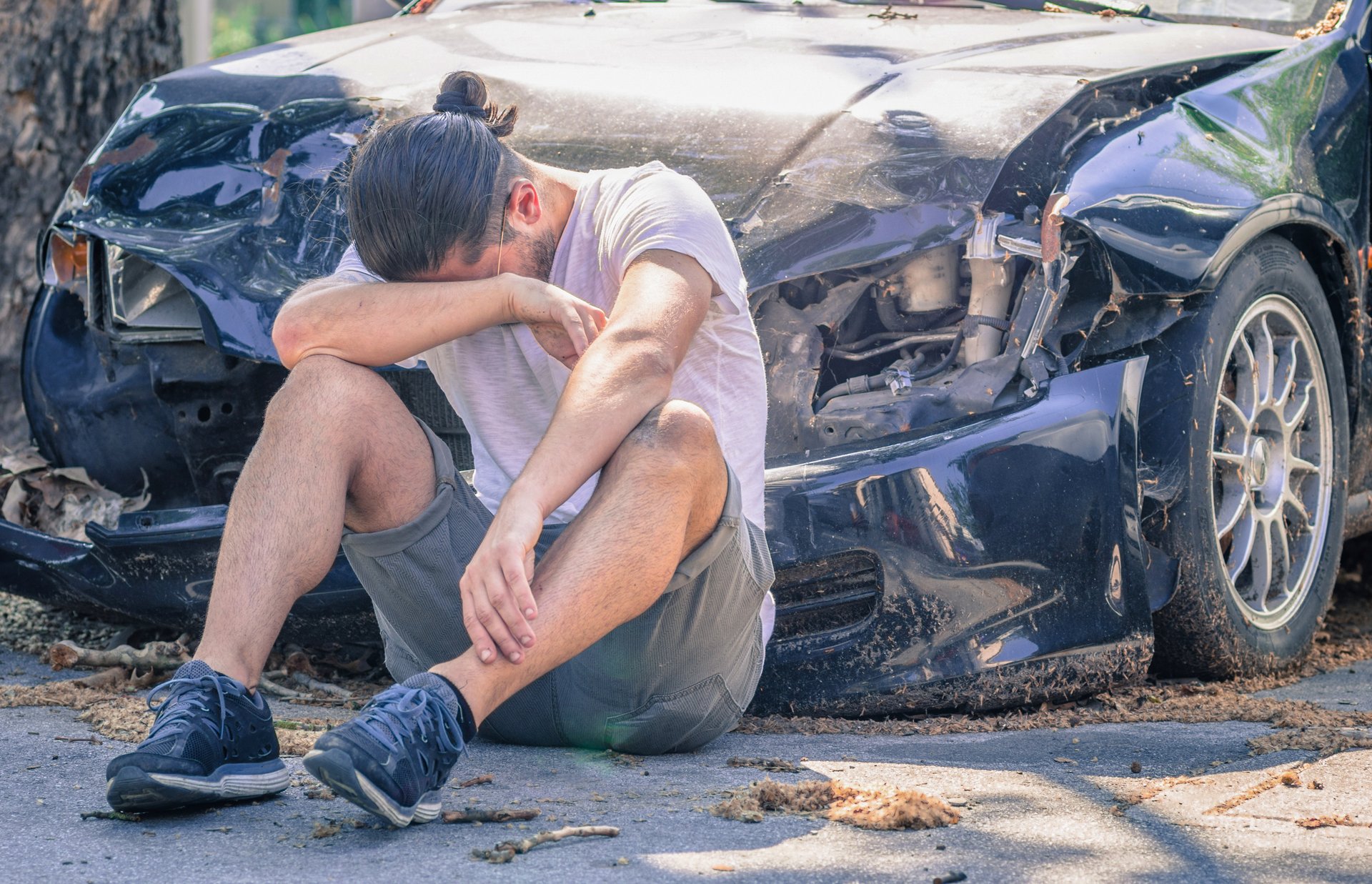
You eat right, exercise and always buckle up when you’re in a car, but that doesn’t make you bulletproof against some common forms of accidental death.
That’s especially true as we head toward summer. For most of us, warm weather means relaxing, often outdoors. For physicians and nurses, warm weather means the beginning of “trauma season.” Yes, death is most common during the winter holidays, especially around New Year’s, but most of those fatalities are attributed to illness, disease and old age, reports the Washington Post. Summertime brings with it a host of, well, traumas that are often fatal.
Take a look at these causes of death provided by the Centers for Disease Control and Prevention and consider supplementing your already healthy habits with some safety boosters.
Accidental poisoning
You already know that it’s important to keep medications, cleaners and other poisons under control, especially when kids are around. But unintentional poisonings were the No. 1 cause of death in 2014 for those ages 25 to 64, according to the CDC. Stumped as to why?
Consider alcohol. On average, each day six people (mostly men) in the United States die of alcohol poisoning. Most of those poisonings result from binge drinking. The CDC found about 38 million U.S. adults binge drink an average of four times each month and drink an average of eight drinks per binge. Think that’s not you because you aren’t an alcoholic? Most binge drinkers, the CDC reports, are not alcohol-dependent. Enjoy some adult beverages this summer, but make sure you are aware of how much you consume. Also note that your ability to respond quickly to dangerous situations declines when you consume alcohol, notes Dr. Jan Garavaglia in her book “How Not to Die.”
Motor vehicle accidents
Crashes are the No. 1 cause of death for those ages 5 to 24 and the No. 2 cause of death for all adults 25 and older, reports the CDC. Again, you know that using seat belts and practicing safe driving are vital. But you may not know some of the other reasons car crashes can be fatal.
Consider car windows. Kids die every year because they become stuck in cars’ power windows. This blog by Allstate describes ways of preventing this disaster in your own family. In addition, half-open car windows – and some cars only allow windows to be opened halfway – can become guillotines during a crash, according to instructors at advanced driving courses such as this one described by Practical Motoring. They advise driving with the window either fully open or fully closed. Again, also remember that alcohol dulls the senses. Even if you’re not driving, alcohol can slow your responses if a car you are riding in crashes or somehow catches fire.
Homicide/manslaughter
Although homicide rates in the United States are falling, according to the FBI, homicides are still the second leading cause of death for those under 1 year old and those ages 15 to 24, reports the CDC. It’s also in the top 10 leading causes of death for almost every other age group. Obviously you can’t control others’ behavior, but you can remove yourself from potential hot spots.
Consider the hours you travel. The most dangerous hours to be on roads is between midnight and 3 a.m. Fridays and Saturdays, writes Dr. Garavaglia. The National Highway Traffic Safety Administration released data showing 55 percent of fatal alcohol-impaired crashes occur during those hours. But those aren’t the only potentially fatal dangers. One such high visibility recent crash recently involved comedian Tracy Morgan. He and three friends were injured and another friend — comedian James “Jimmy Mac” McNair – was killed when a reportedly sleep-deprived driver struck a car in which they were traveling along the New Jersey Turnpike in June 2014. The driver has since been charged with first-degree aggravated manslaughter, second-degree vehicular homicide and third-degree aggravated assault, reports the Los Angeles Times.
Falls from less than 10 feet
It’s common to think of fatal falls as something that happens to older people or from great heights. Yes, unintentional falls are the No. 1 cause of accidental death for those 65 and older, but they also rank high for almost every other age group, reports the CDC.
Consider height. About 25 percent of fatal falls at work occur from less than 10 feet, according to the Bureau of Labor Statistics. That’s equal to the share of fatal falls that occurred from heights of 30 feet or more. The severity of falls depends on how you land, of course. Strike your head — whether you fall from 30 feet or 5 feet — and you may die. Whether at home or work, use extra care when on a step stool, ladder or other raised surface.
Have you had a close call with any of these hazards? Share your experiences and tips for being safe in comments below or on our Facebook page.




Add a Comment
Our Policy: We welcome relevant and respectful comments in order to foster healthy and informative discussions. All other comments may be removed. Comments with links are automatically held for moderation.